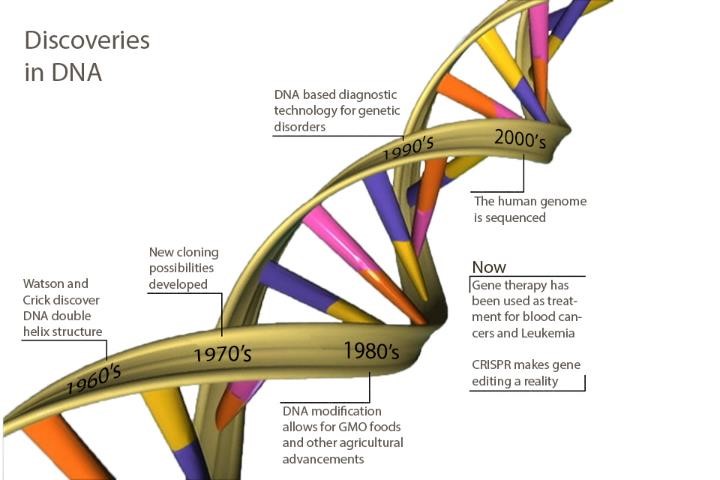Memes and Genes
By Andreas J. Pratama
Ever since the age of internet started and social media flourished. It was around 2008 and the emergence of https://failblog.cheezburger.com/ a comedy site that published countless funny pictures of human and animals alike with added text. The texts quickly become an addition of context to the picture to which they serve multiple functionalities in order to reflect on the happenings in life.

The memes, however, in its definition, did not start simply from the massively shared textual pictures. Meme was first mentioned by biologist and ethologist Richard Dawkins in 1976, to simplify his idea: he believes that memes, like genes are also passed down, but the difference lies in its carrier. When genes are simply carried over by biological welding of two opposite sex’s reproductive elements, the memes, some believe to be carried by culture while some believe to be carried by genes themselves. When a particular group of people in the island of Nias see the stone wall vaulting as a rite of passage, it’s almost naturally and willingly that the acceptance of such tradition become instantaneous. This is concrete example where a particular actions or ritual become commonly understood and done repeatedly with minimal resistance; this is meme. Should then we look at culture as an organic matter or a hereditary genetic matter also?

Far from over, our evolution as a species, if Darwinian theory remains unchallenged – has not stopped. More and more children today are being given gadgets that the dexterity of their fingers become impaired, the sharpness of their momentary attentions heightened, however they cannot last for too long. This alone drives the newer generation to have lesser mastery over their physical and bodily controls, a rewriting of genetic traits on a grand scale when left uninterrupted for the next 2-3 generations. Such is also the development of memes; Indonesia have recently been flooded by a humor type labeled as humor “receh” (untranslatable to English, but definitively a humor that somehow touched upon a very superficial unimportance that they hint or somewhat appear to have contextual relation despite often the opposite). When such humor is left to propagate for a generation or two the entire generation will soon be laughing no more to satirical jokes, such is an evolution also in memetic habits.
The culture of text today in the age of industrial revolution 4.0 today is dominated by internet of things and massive spread and sharing of social media posts. The rate in which texts are employed become shorter and shorter but their meanings and context become denser and hybridized in its textual output through the support of imageries: or what we know as memes. Our willingness to confront ourselves through the seclusive and isolating process of writing and reading is waning ever dimmer. Instead, the generations are fed with constant barrage of self-projection intended to fill the empty chasm of long self-reflection and finesse through word and speech crafts. Through meme posts these older arts of speech craft and writing skills become overwritten and replaced by the newer memetic trait of the 4.0 generations: the memes.

Human beings are composed of chemical substances that form us as a whole. With the mapping of human genomes and the advancement of genetic modification, it is no longer a far-fetch believe that some humans’ secretion of hormone can be edited or suppressed further genetically harnessing control over their actions (memes). Therefore, both the chemistry of biology is just as important as the culturally shared action and performance as they both possess the key to each other’s control.


Comments :